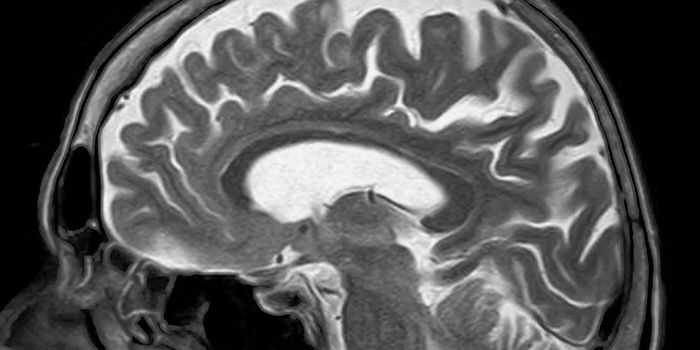Chronic Pain Changes Relationships With Food
Patients with chronic pain suffer from active pain signals that linger for weeks, months, and even years. This pain may be constant or come and go sporadically, often interfering with daily life and taking a heavy psychological toll on those who suffer from it. In addition, studies have shown links between chronic pain and eating behaviors that result in weight gain.
A team of neuroscientists has uncovered a potential explanation for this association: a brain circuit that controls motivation and pleasure. Paul Geha, the lead author of the study, said that this new data increases our understanding of the psychological mechanisms connecting chronic pain and eating patterns, adding that these processes may lead to the development of obesity.
Around 25 percent of adults in the U.S. experience chronic pain as a result of injuries, illnesses, or in some cases, psychosomatic pain caused by stress, anxiety, and depression.
In their study, Geha’s team was interested in how the brains of individuals with chronic pain responded to eating sugar and fat. They gave participants a pudding dessert with different sugar or fat levels and different textures. They found that chronic lower back pain disrupted satiety signals and eating behaviors. These individuals reported that they were more likely to binge on foods that are rich in fat and carbohydrates, such as ice cream and cookies.
Geha says that these findings suggest that obesity in chronic pain patients may be attributed more to changes in their eating patterns over a lack of physical activity due to their pain.
The researchers also performed brain scans on the study participants to study a specific region called the nucleus accumbens. This region deep in the brain is part of the reward system—or how the brain processes stimuli such as eating and exercise and perceives these as rewarding.
Individuals who had acute pain that eventually eased did not appear to have any changes in the nucleus accumbens. However, as the pain progressed to being chronic, the nucleus accumbens shrank, ultimately influencing their behavior and motivations around food.









